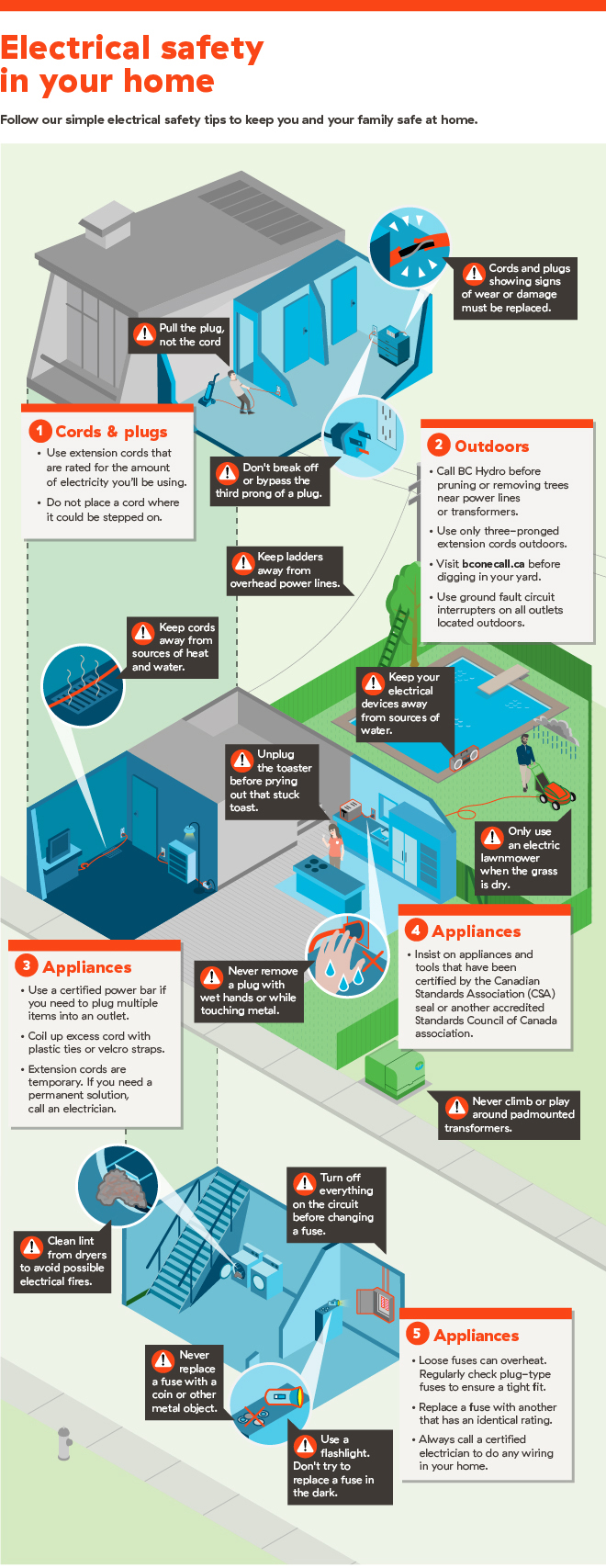The Hazards Of A Dead Tree: The Need Of Resolving The Concern
Article By-Nyholm Pilegaard When it involves dead trees, the threats could not be quickly obvious, yet they exist, prowling in your exterior space. From potential building damage to safety concerns, a dead tree is a silent risk that shouldn't be undervalued. So, exactly what makes a dead tree so dangerous? Allow's check out the hidden dangers that could be looming in your yard, waiting to strike when you least expect it.
Prospective Risks of Dead Trees
When managing dead trees, it's important to be aware of the prospective hazards they pose. Dead trees can pose major dangers to your safety and security and the wellness of your property. One substantial risk is the danger of dropping branches or even the entire tree itself. Dead trees are more likely to lose limbs, particularly during storms or high winds, which can trigger injury to individuals or damages to structures below. In addition, dead trees are at a higher threat of bring in bugs like termites, which can spread to neighboring healthy trees or perhaps your home. It is very important to regularly inspect your home for any kind of signs of dead or worn out trees. Watch out for breakable or discolored branches, missing bark, or signs of condition or invasion. If you discover any of these indication, it's ideal to get in touch with a professional arborist to evaluate the situation and recommend the suitable strategy.
Risk of Building Damages
Dead trees offer a significant danger of residential property damage because of their increased likelihood of shedding branches or falling totally. When a tree passes away, its architectural honesty weakens, making it susceptible to abrupt collapses. Suggested Internet site can break off during storms or solid winds, presenting a threat to any type of structures or cars below. These falling branches can create damage to roof coverings, home windows, vehicles, and various other parts of your home. Additionally, if the entire dead tree drops, it can lead to even more serious home damages. The influence of a falling tree can be devastating, leading to architectural damage to buildings, fencings, and any other objects in its course. The expense of fixing such damages can be significant and may not be covered by insurance if neglect in tree maintenance is identified. To reduce the risk of property damages from dead trees, it's critical to attend to the issue quickly by eliminating the dead tree prior to it positions a hazard. Taking Click Webpage can help safeguard your residential or commercial property and avoid pricey damage in the future.
Significance of Timely Elimination
Prompt removal of dead trees is vital to safeguarding your property and protecting against possible threats. Overlooking a dead tree on your facilities can cause a waterfall of dangers. Dead trees are extra vulnerable to toppling over during storms, high winds, or hefty snowfall. This can result in severe building damage, injury, and even deaths. Timely elimination of dead trees eliminates these risks, ensuring the safety of your home, family, and next-door neighbors. Along with the immediate dangers, dead trees can attract insects and illness that might spread to various other living trees in your lawn. This can bring about widespread tree damage and ultimately impact the overall wellness of your landscape. By getting rid of dead trees promptly, you not only avoid possible hazards yet additionally preserve the vigor and aesthetic appeals of your outside area. Do not wait till it's too late. Act currently to eliminate dead trees from your property and protect yourself and your surroundings from the significant consequences of neglecting this vital task. Verdict Do not wait until it's far too late to attend to the dangers of a dead tree. Act swiftly to prevent home damages, injuries, and bug invasions. Routine examinations and timely removal are essential to maintaining safety and aesthetic appeals in your outdoor spaces. Do not overlook the threats – do something about it now to safeguard yourself and your residential or commercial property. 